8. Fibonacci + (Verlaine x Debussy) = Genius
Leonardo Bonacci aka filius Bonacci aka Fibonacci was kinda smart. Pisa, his hometown, erected a plumb statue in his honor.
So… back in 1202, an Italian mathematician published a book. In it, he wrote this marginalia >>>
It is a very peculiar sequence of numbers: 1, 2, 3, 5, 8, 13, 21, 34, 55, 89, 144, 233, 377.
Now known as the Fibonacci sequence, it’s defined as a procession of integers that are the sum of their immediate precedent(s) that spirals into the golden ratio (1.61803398875…) the more you graph it.
And it explains EVERYTHING.
How many chocolate chips should go in a cookie? 1.6 per bite.
What shape is the Milky Way Galaxy? Yep, 1.6 again.
Leonardo’s Vitruvian Man, Van Gogh’s Sunflowers, and Velázquez’s Las Meninas? You betcha.
Everything? Really? Well, what about music, Andrew…
Haha, I’m glad you asked.
Claude Debussy’s personal biography, like many Frenchmen of his time is… cough… problematic. But his compositions are gorgeous.
In 1880, Claude Debussy began his Suite Bergamasque. It has been reasoned by no less than a Royal Academician named Roy Howat that the Fibonacci sequence is what underpins Debussy’s entire oeuvre, and he devotes a whole chapter to this 4-part work in particular. Debussy worked on his now world-famous composition until 1905, debuting it just over 700 years after Fibonacci introduced the West to his curious number theory. It has become standard repertoire since. In fact, it was recently recorded exquisitely by Jonas Vitaud.
What also underpins Debussy’s enchanting melody, especially Part 3, is the poem “Claire de Lune,” an overwrought melancholia on the ever-popular velvet-painting “Tears of a Clown” motif by the debauched and depressed Verlaine in 1869 (wretched translation by Shapiro below).
It is not known to me at this point whether or not Verlaine valued esoteric mathematics over school-boy rhyme. He much preferred drugs and alcohol, and schoolboys - that is a documented fact.
Que vont charmant masques et bergamasques
Jouant du luth et dansant et quasi
Tristes sous leurs déguisements fantasques.
Tout en chantant sur le mode mineur
L'amour vainqueur et la vie opportune
Ils n'ont pas l'air de croire à leur bonheur
Et leur chanson se mêle au clair de lune,
Au calme clair de lune triste et beau,
Qui fait rêver les oiseaux dans les arbres
Et sangloter d'extase les jets d'eau,
Les grands jets d'eau sveltes parmi les marbres
Where charming masquerades and dancers are promenading,
Playing the lute and dancing, and almost
Sad beneath their fantastic disguises.
While singing in a minor key
Of victorious love, and the pleasant life
They seem not to believe in their own happiness
And their song blends with the moonlight,
With the sad and beautiful moonlight,
Which sets the birds in the trees dreaming,
And makes the fountains sob with ecstasy,
The slender water streams among the marble statues.
Verlaine was professionally sad and liked absinthe.
It is also inspired by the Bergamesca - a style of dance music from Begamo, Italy that has a very mathematical, simple, upbeat tempo. See where I’m going with this? Bergamo is just a few hours’ drive north of Pisa. 320km north via the Autostrada to be quasi-precise. 320 ÷ 200 = 1.6. Proof everything is connected!
All jokes aside, I love listening to this piece when I’m in the studio, and I imagine you will, too.
Eventually - I hope - I’ll get around to reading Howat’s theories, but for now I wonder if the formal structure and tempo of the Suite Bergamasque helps my brain in the same way Mozart and the Baroque tradition in European Classical music does.
Try it out when you paint. Let me know what you think.
